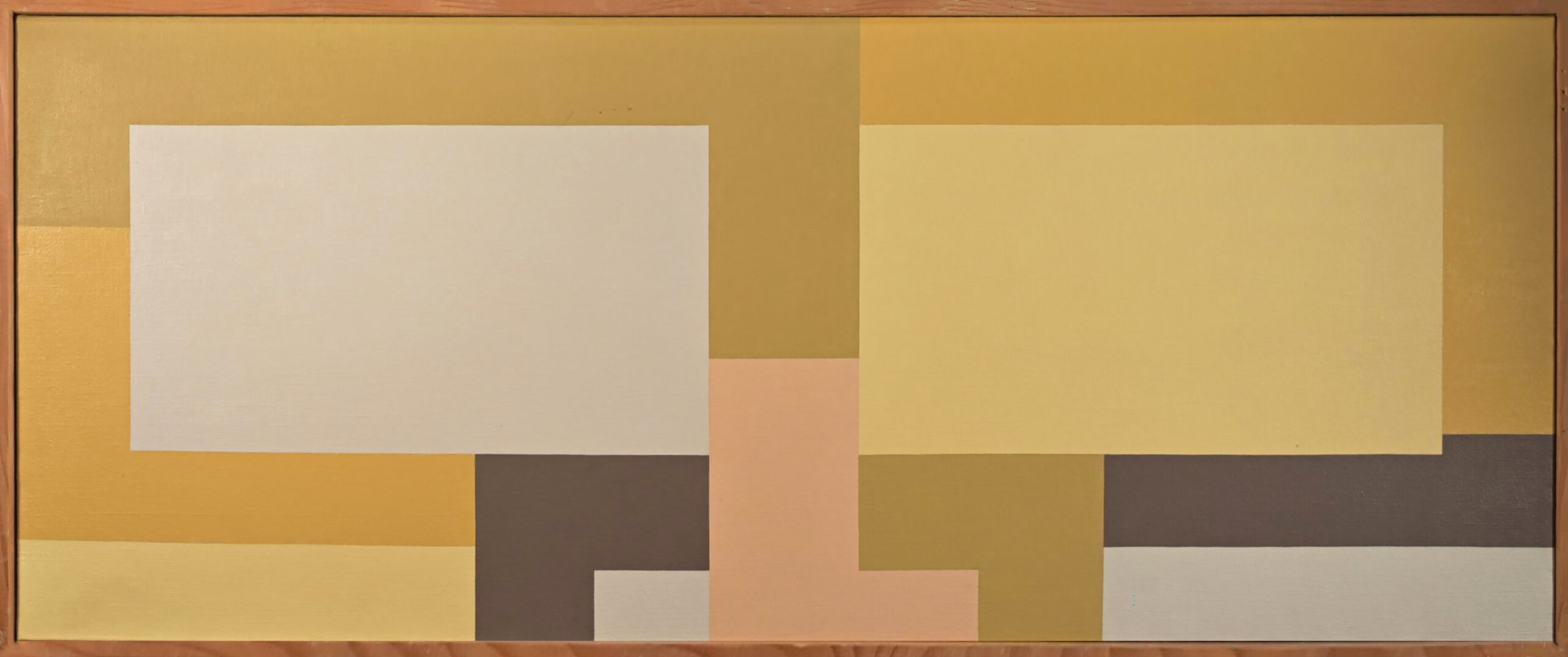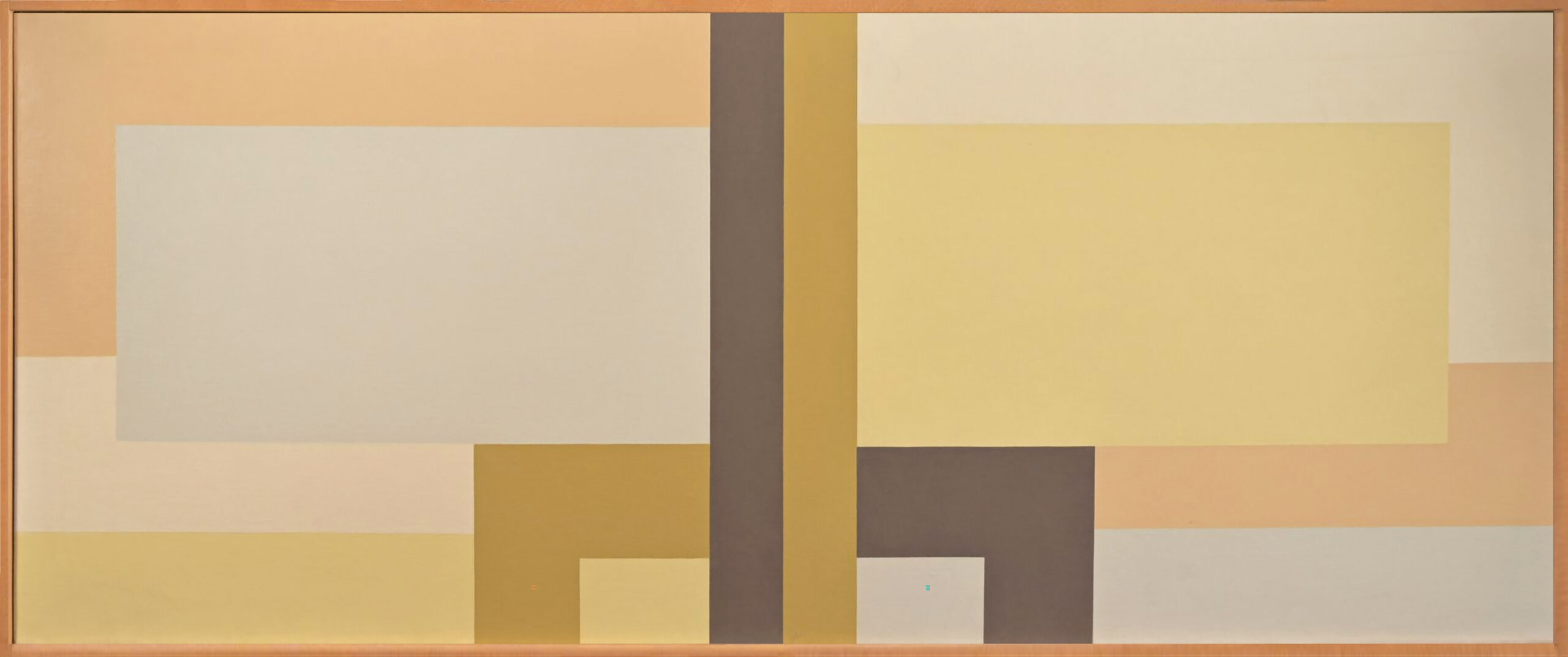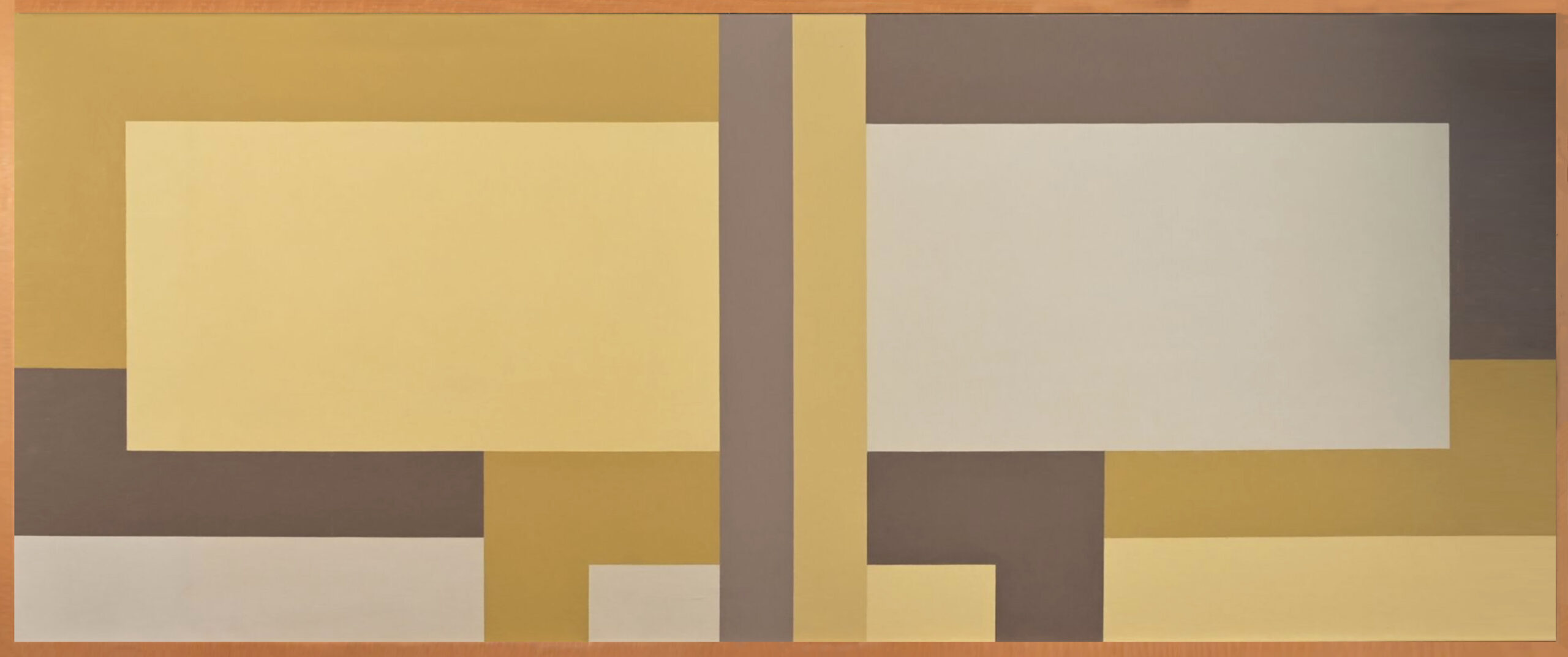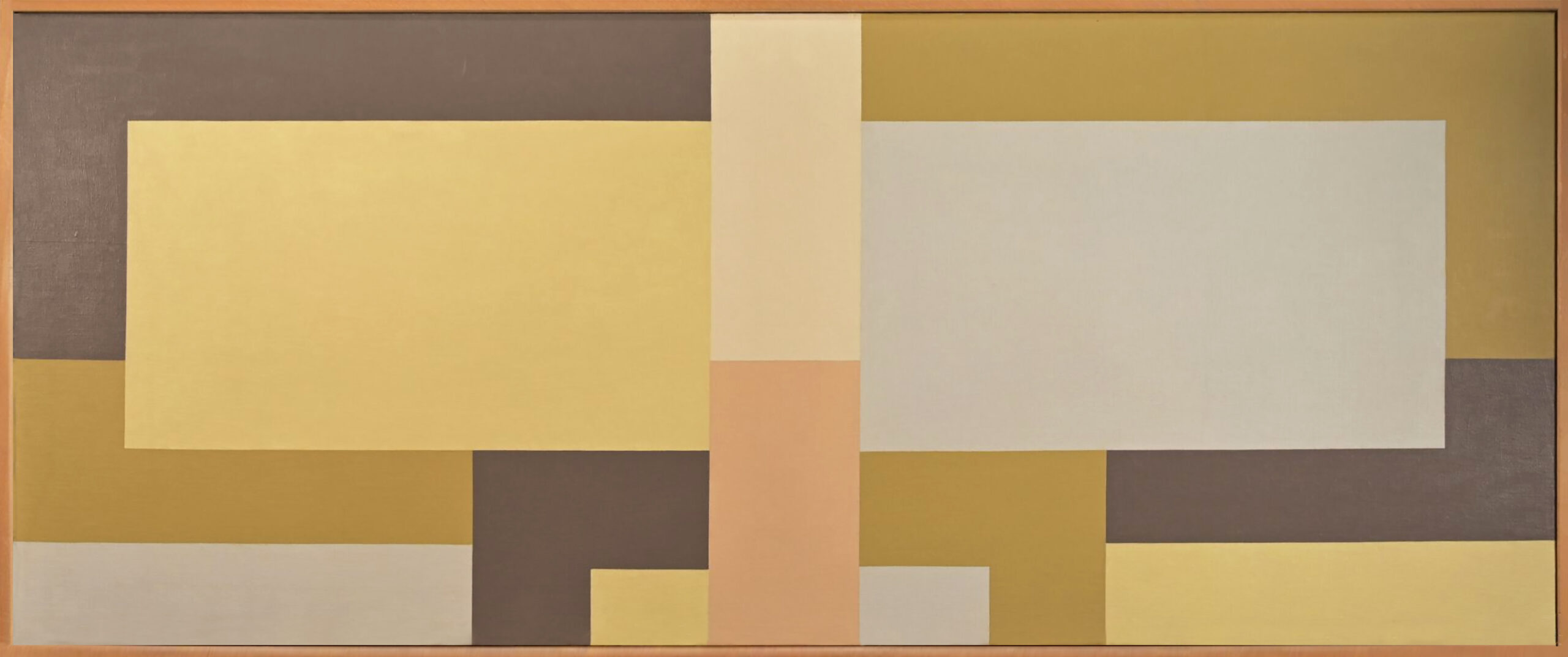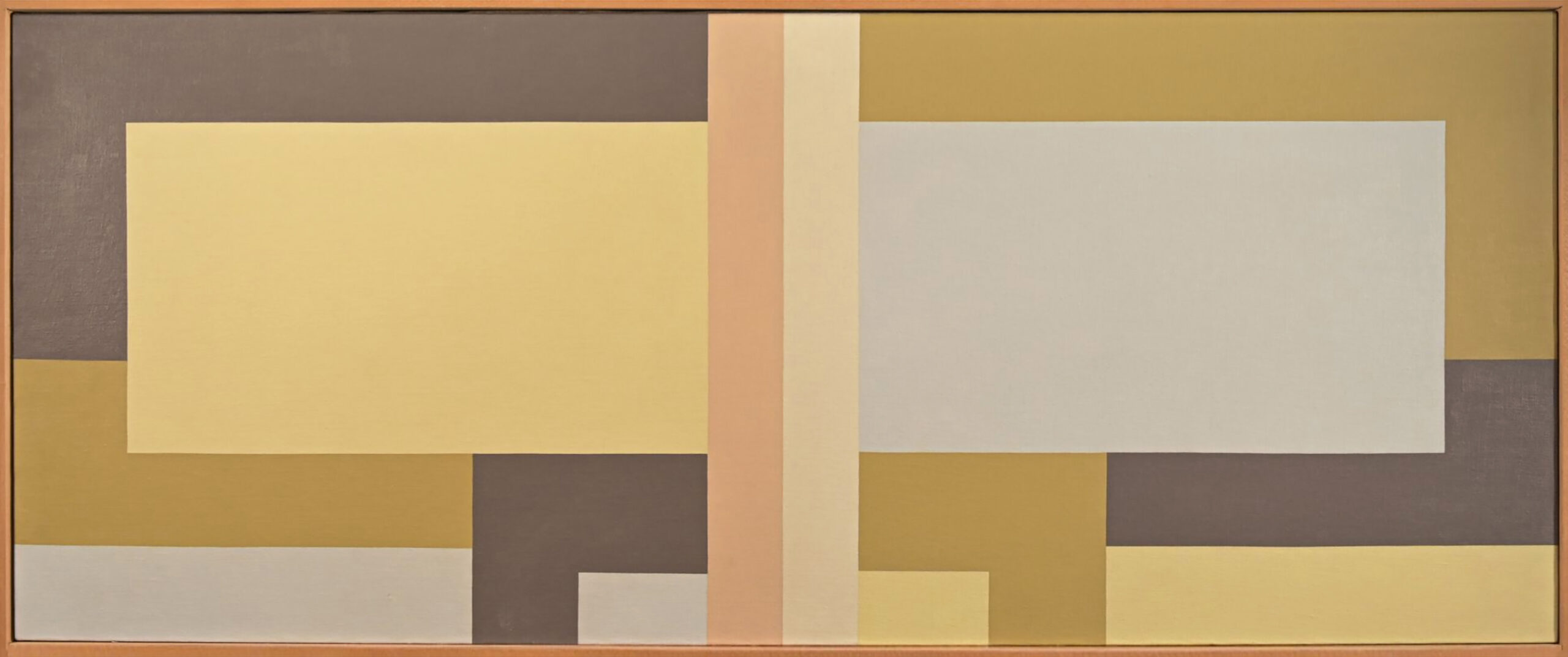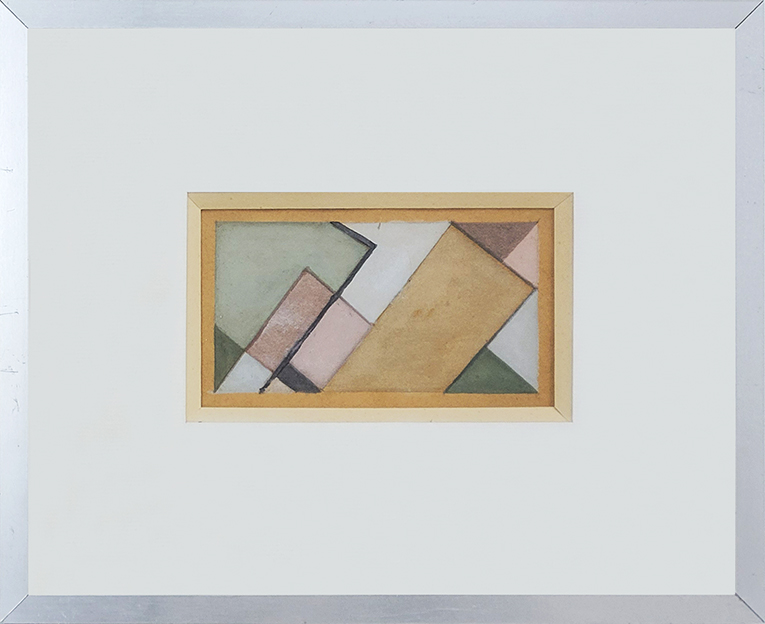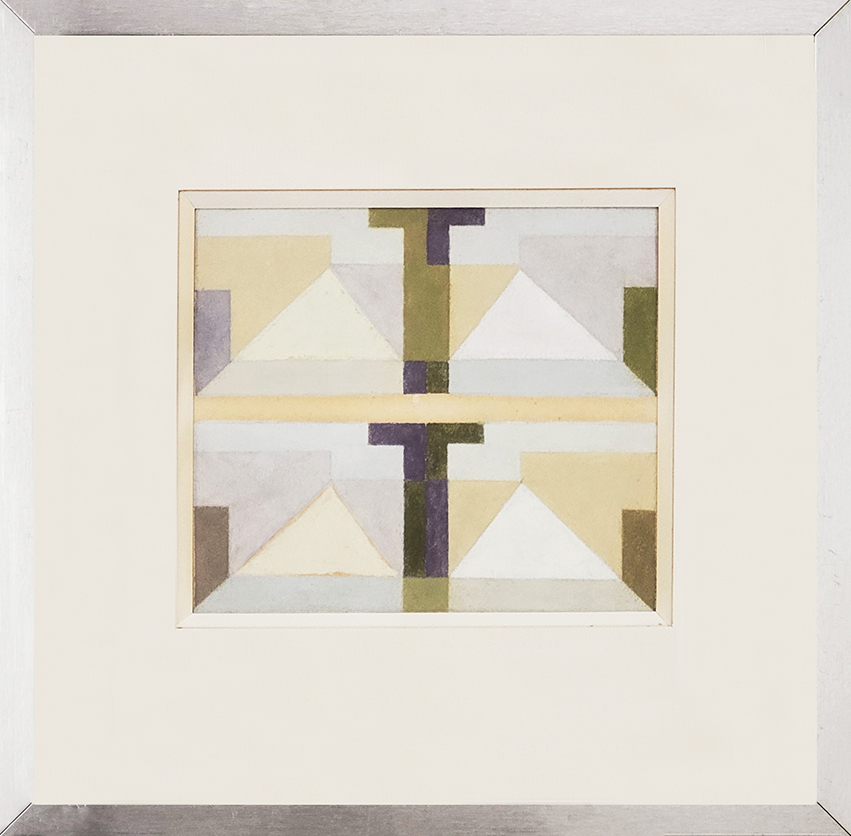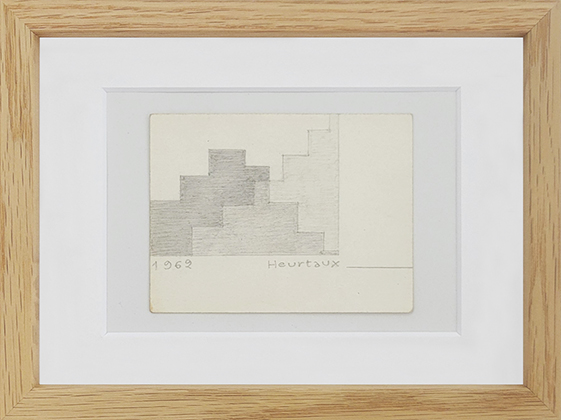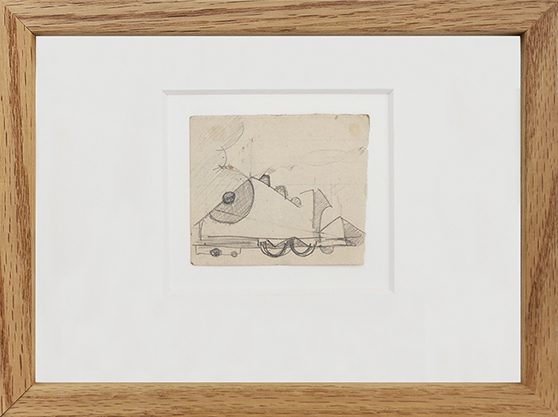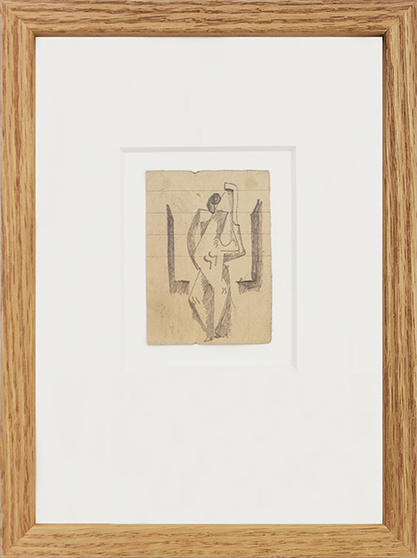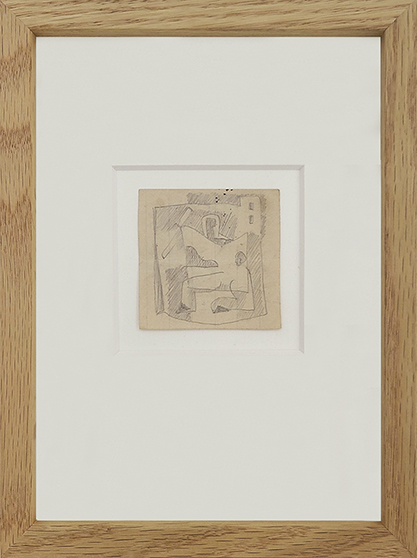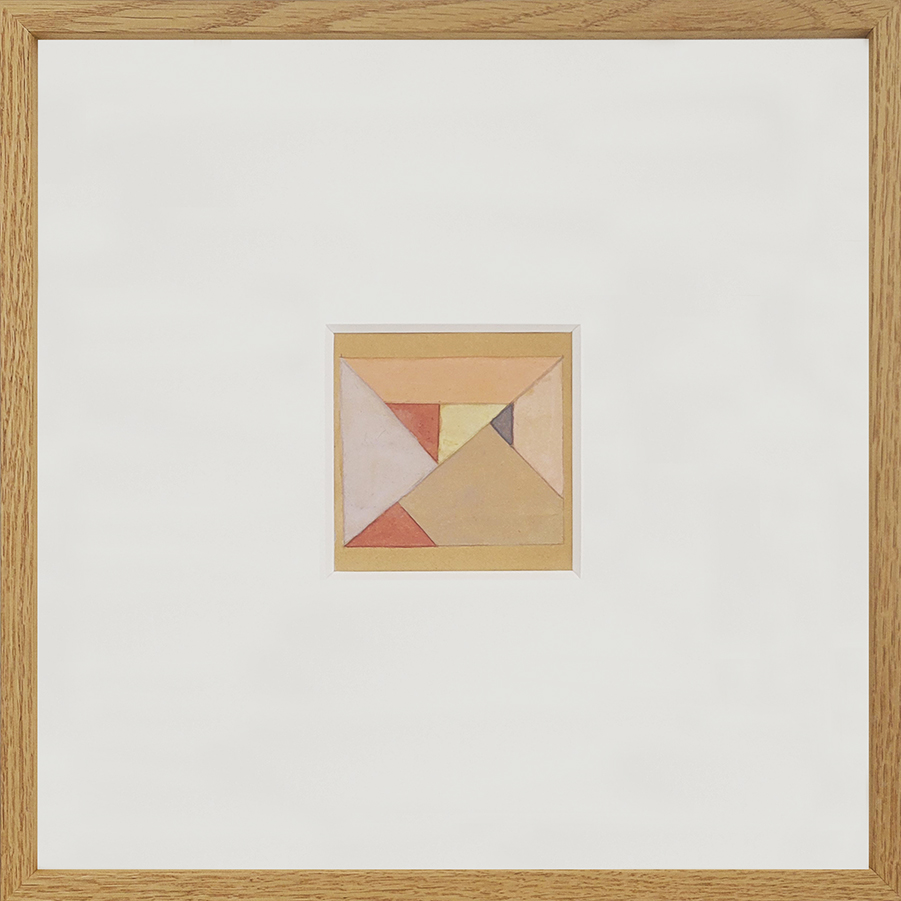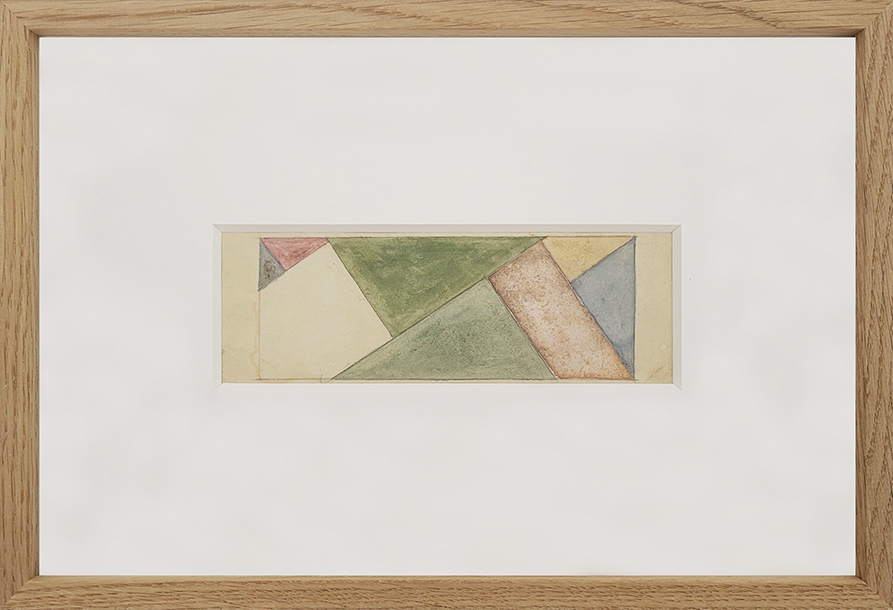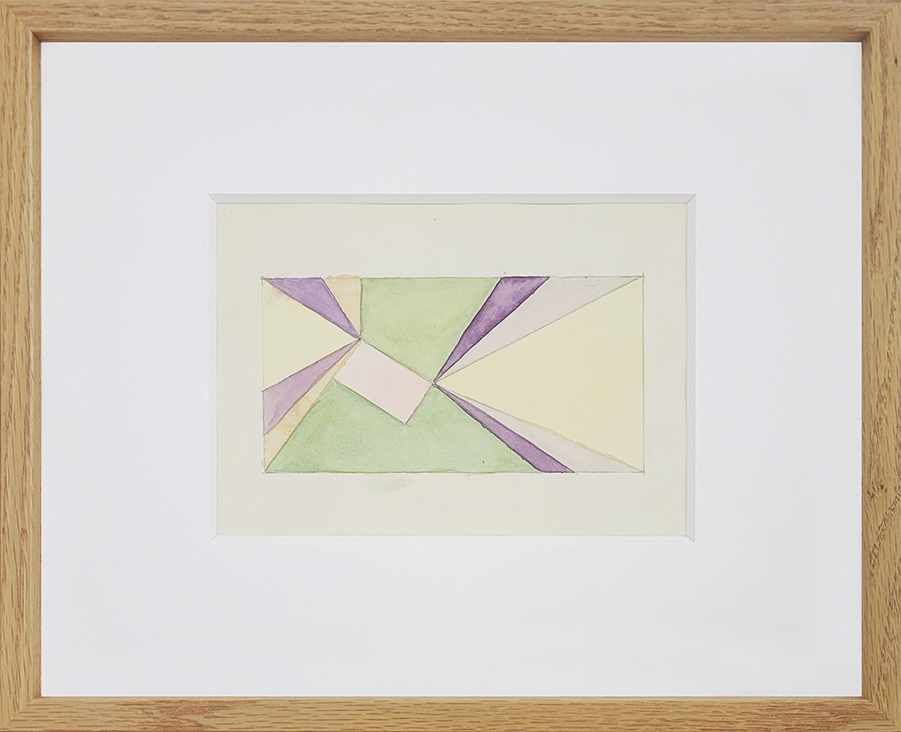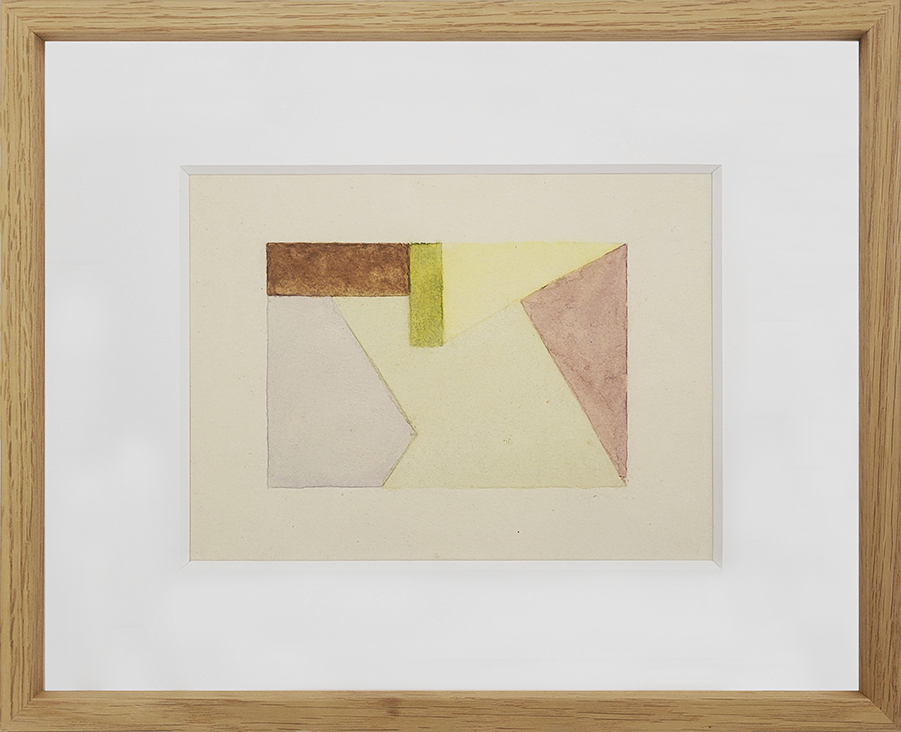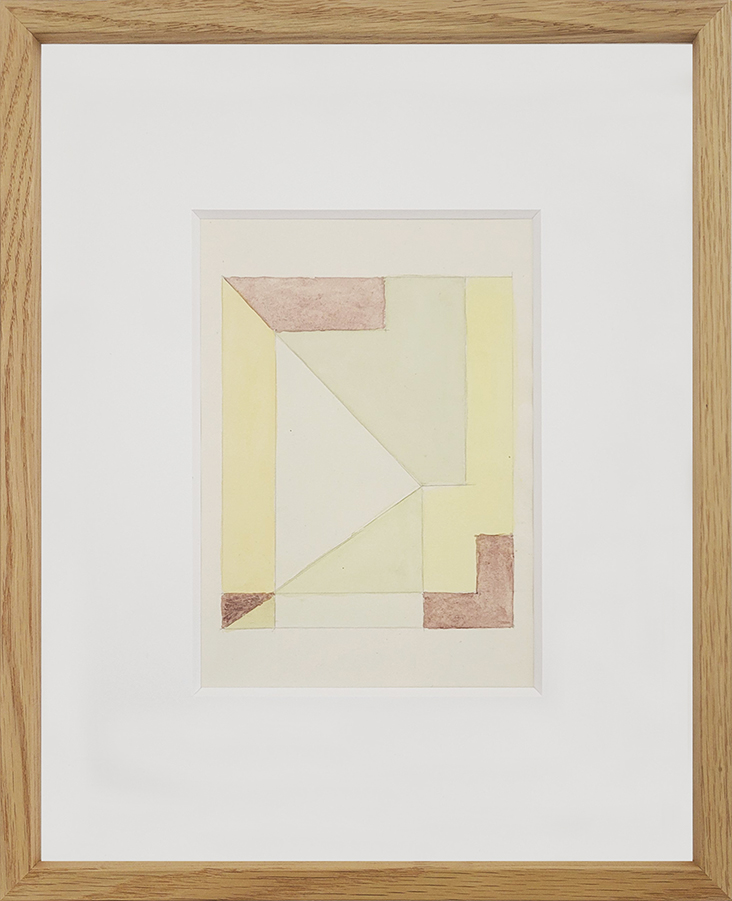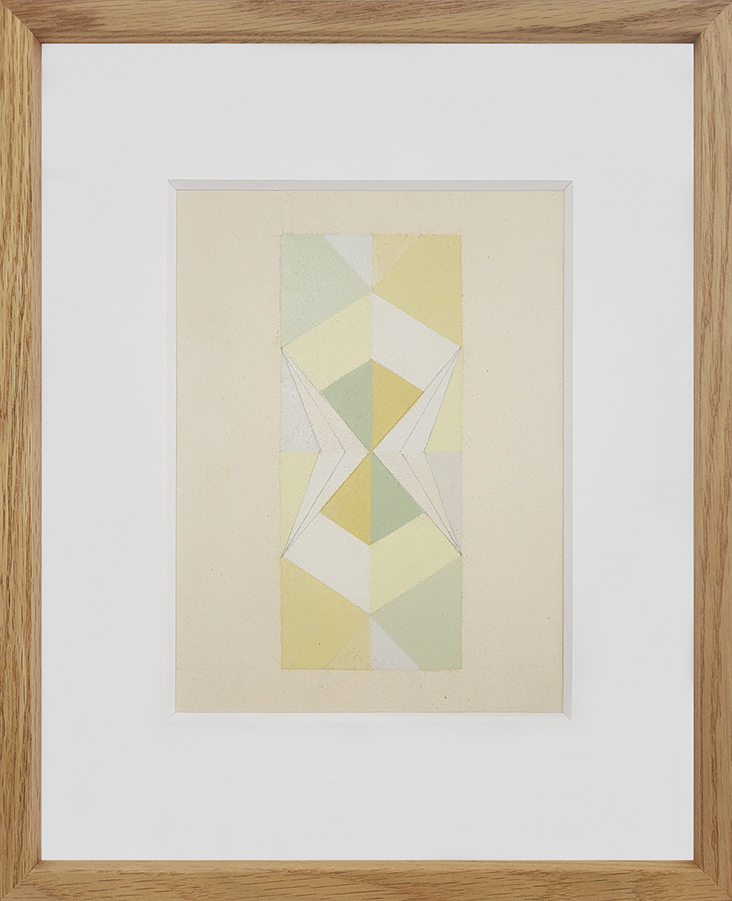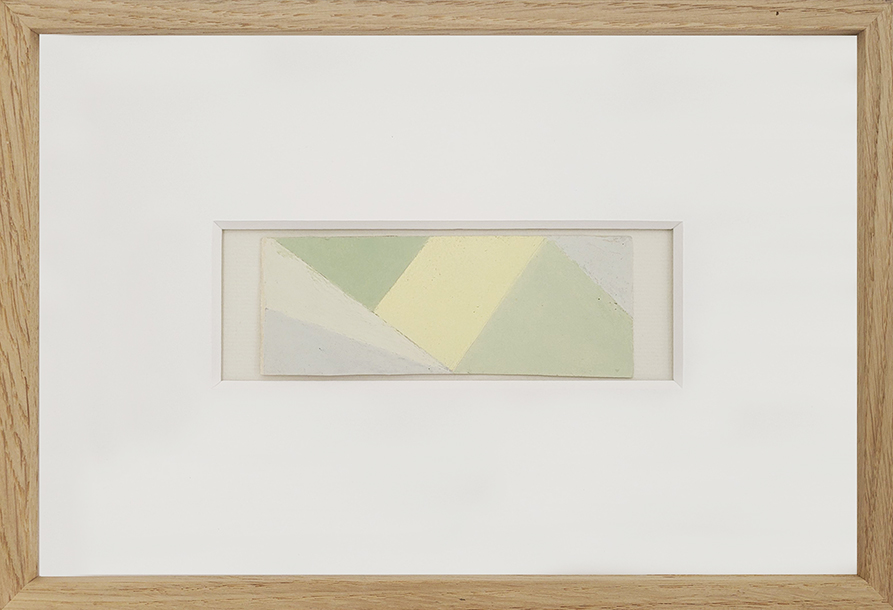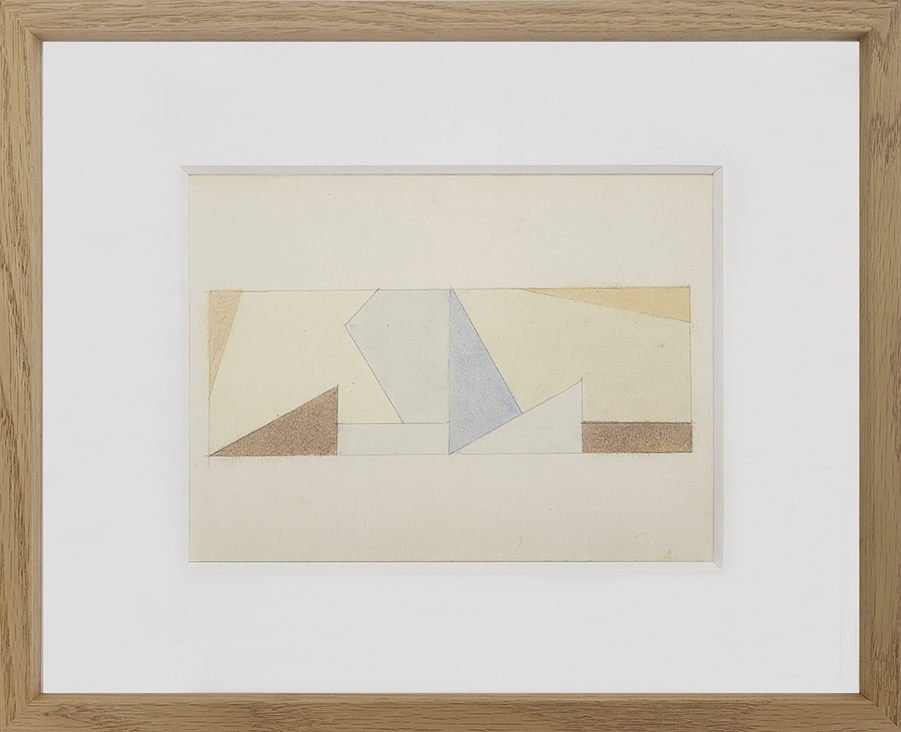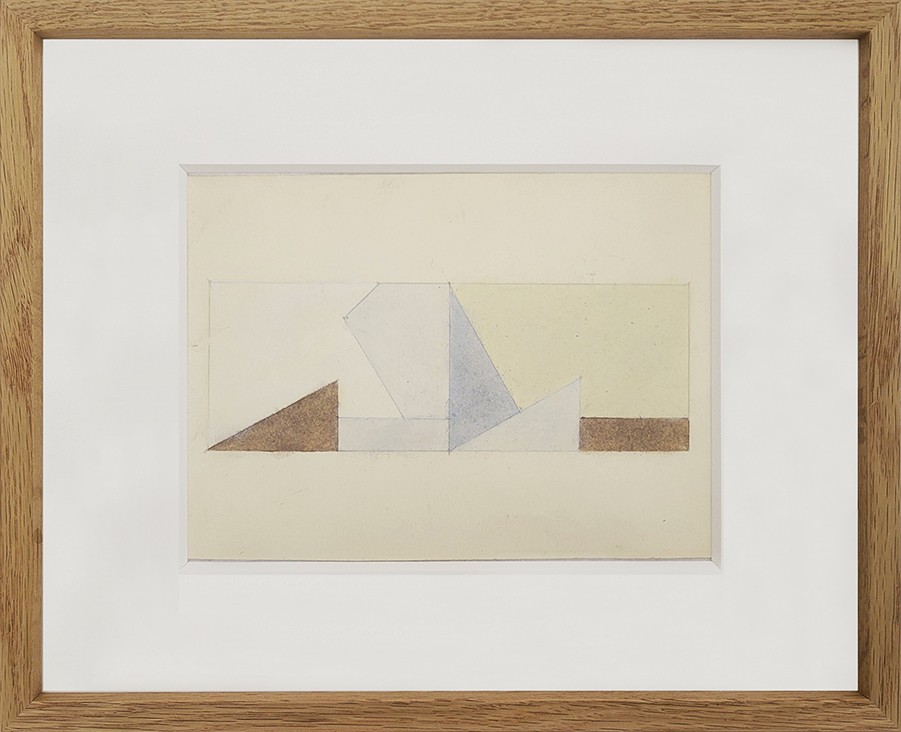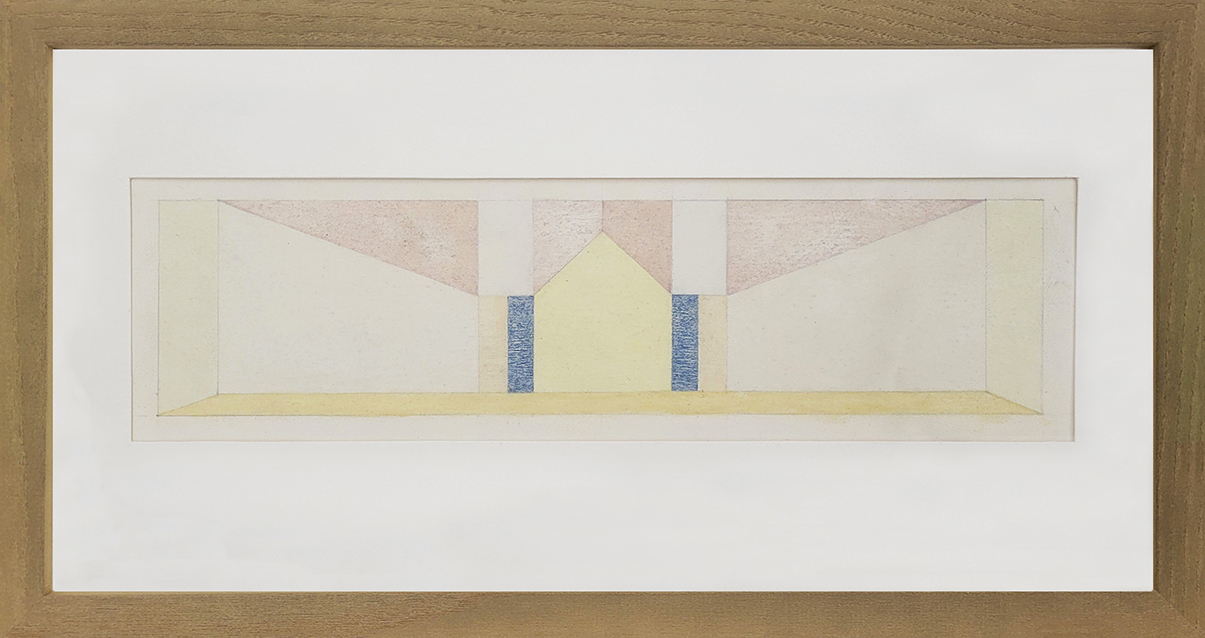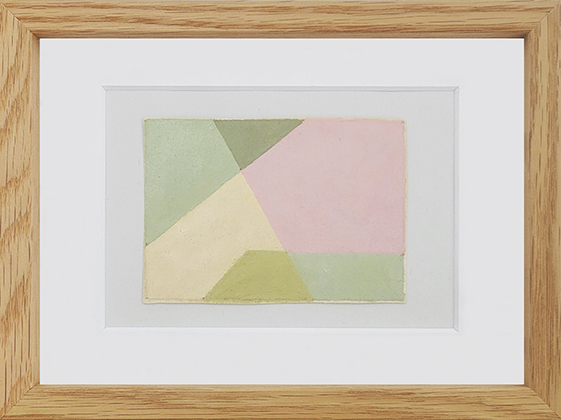Hommage à André Heurtaux (1898 – 1983)
02 october – 15 november 2025
André Heurtaux’s painting reflected his entire life: silent and discreet, to the point of self-effacement. A Cubist in the early 1920s, he turned to radical abstraction in 1932, driven by the depth of his convictions.
André Heurtaux elaborated the composition of his paintings at length: graphite sketches, gouache or watercolor studies, and oil drawings, often with a series of calculations that only he could decipher. Heurtaux had no formula or system of his own. Thus, in 1937, he wrote for Abstraction-Création: “Plastic art is justified by its own essence, its aesthetic value. In this value lies an extra-artistic radiance in consequences that should not be a goal; only the plastic result, representative of the fruitful, outside of any preconceptual idea, should be pursued.”
Heurtaux never painted a square. He never used pure blue, red, and yellow, the primary colors of Stijl that he declared he “didn’t feel.” He rarely uses right angles. There is no theory about art or social order. For him, a painting should be nothing more than a “flat surface covered with colors assembled in a certain order.”
Artist exhibited :
André Heurtaux
